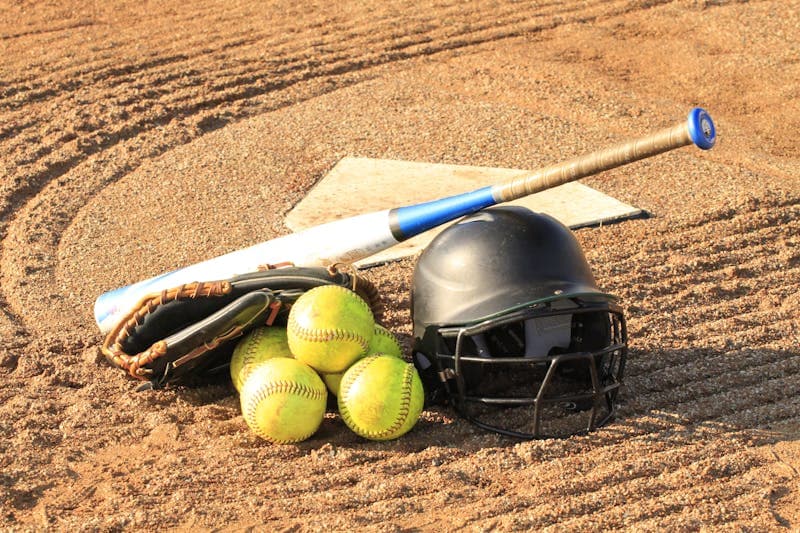Nowadays, software and special devices play a major role in shaping the sport we love.
Technology has made a big difference in baseball. It has been used to analyze players’ performance and improve training. Don’t believe me? In this article, I’ll provide arguments and examples to prove it.
Statcast Technology
Statcast is arguably the major technology that has transformed baseball. It’s a cutting-edge player-tracking system developed by Major League Baseball Advanced Media (MLBAM). Statcast combines sophisticated radar and cameras installed in every MLB ballpark to capture data during games. This data is then processed and analyzed to generate a wealth of statistics.
Statcast can tell us a lot about a player’s performance. It measures velocity, launch angle, sprint speed, etc. For example, it can indicate how powerful a hitter is, how well they make contact, or how fast a player runs. With this data, coaches can make better decisions. They can change the way of training or adjust strategies right during the game.
Moreover, Statcast technology has improved the fan experience. Fans can access Statcast data through television broadcasts, websites, and mobile apps, and analyze and interpret advanced statistics in real-time. For example, one of the most popular statcast metrics among fans is the “barreled ball,” which measures the optimal combination of exit velocity and launch angle for hits. This information is not only interesting to know, but it is also useful. Many fans place bets on sports in online casinos; the more they can predict, the better their chances to win.
Virtual Reality in Training
Another innovative advancement in recent years has been the integration of virtual reality (VR) technology into baseball training. This technology also allows players to improve their skills and prepare for tough situations in games.
How does it work? During VR training, players wear special headsets and practice hitting, pitching, fielding, and running in virtual but realistic baseball simulations. But virtual reality training not only helps players get better physically, it also improves their mental state. This is because, in the VR world, players find themselves in tough game situations where they have to think fast and make quick decisions. They learn to play well even when the pressure is on.
Another application of VR is in rehabilitation. Injured players can train in virtual reality during the recovery period. This is the way to avoid the risk of further injury but mentally still stay engaged in sport.
It’s not a secret that teams like the Los Angeles Dodgers, New York Yankees, and Houston Astros have invested a lot in VR systems. Players such as Bryce Harper, Mike Trout, and Clayton Kershaw have spoken openly about the benefits of virtual reality training and how it improved their performance. They say that VR is the thing that helped them to stay ahead of other players.

Technology Keeps Evolving
Technology is making baseball safer for players and more fun for fans. Advancements in VR hardware, software, and artificial intelligence will further enhance the realism and effectiveness of virtual simulations.
Undoubtedly, we will see more sophisticated analytics tools in baseball. These tools will provide deeper insights into player skills and team strategies. For example, improved biometric sensors, smart clothing, and motion capture devices will provide faster and more real-time feedback on players. Wearable technology will give coaches more information about players, and they will be able to develop personalized workouts and monitor players’ progress with unprecedented precision. I am afraid that one day there will not be even a need for coaches. AI-powered analytics platforms can process vast amounts of data and uncover hidden patterns. Machine learning algorithms will advise players on how to improve their results and forecast player performance.
Mobile apps will also improve, and baseball fans will have faster access to bigger real-time statistics, highlights, and interactive content during games. These digital platforms are important because they enhance the fan experience and foster greater interactions between teams and their supporters. And we should not forget about equipment like bats, gloves, and protective gear. Thanks to 3D printing, those things will be tailored to individual player needs.
All of this is not the distant future, but the near present. The possibilities are endless, and the future of baseball is sure to be filled with excitement.
